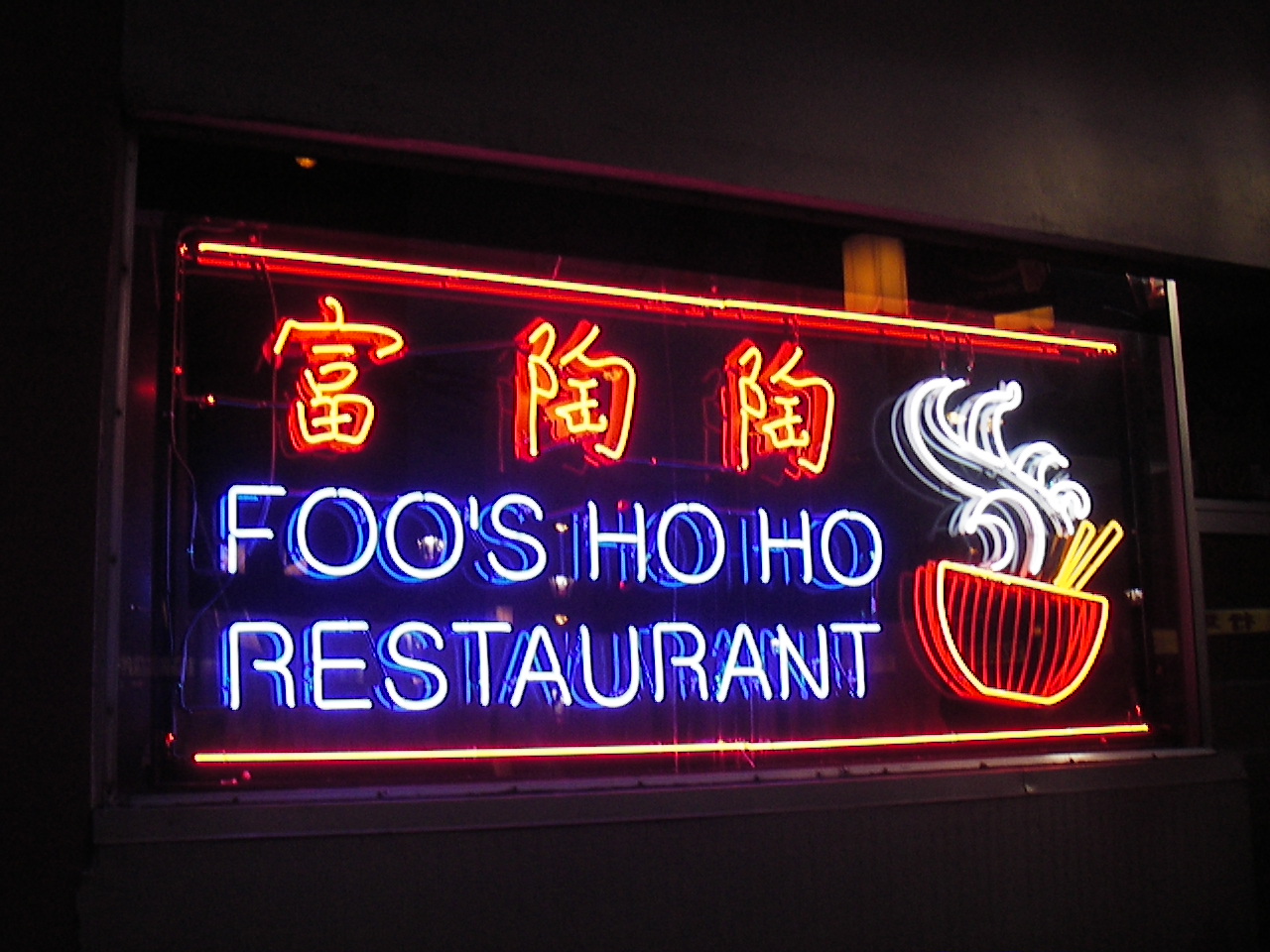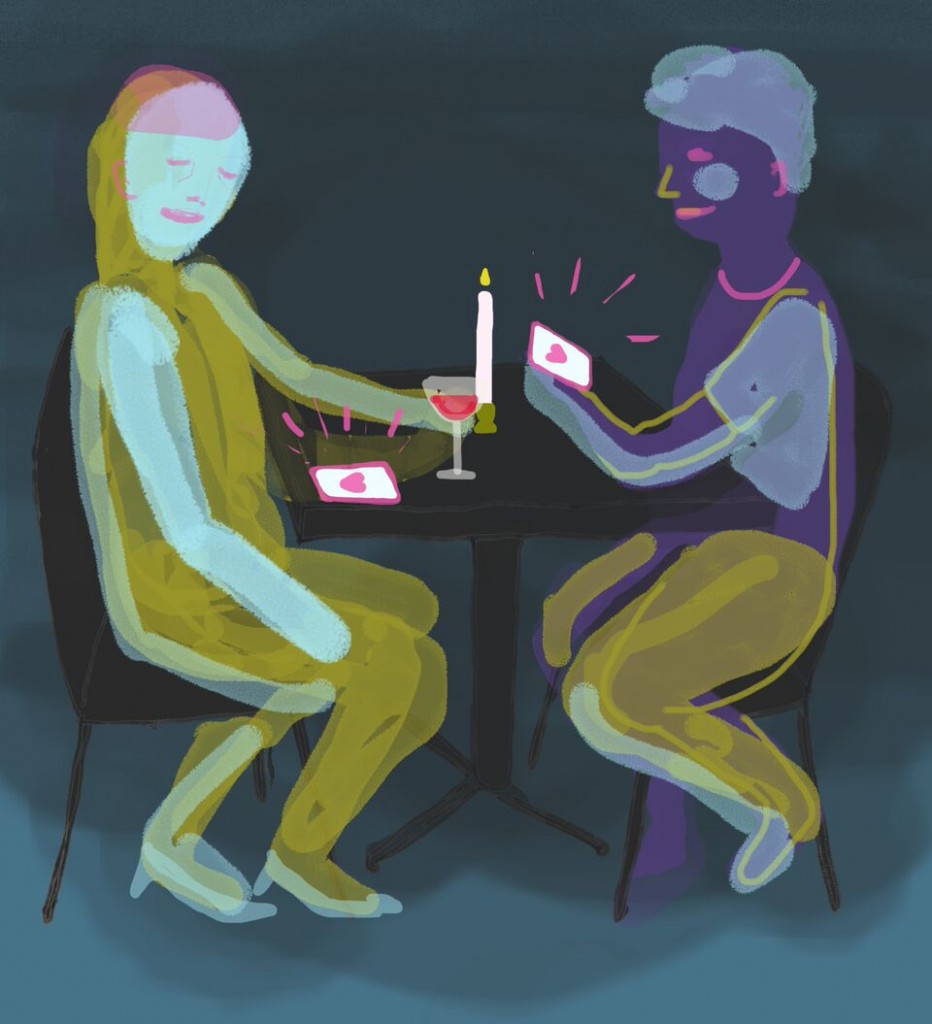
Carol Lee hopes the reopening of the Ho Ho restaurant will restore a rich part of Vancouver’s Chinatown history and legacy—where new memories will hopefully be created and cherished with newer generations.
A significant part of Vancouver’s Chinatown history is resurrected
By Brandon Yip, Senior Columnist
Vancouver’s Chinatown community was once a vibrant area full of shops, markets, restaurants and nightlife. The area was further accentuated by banners, flags and notably, bright neon signage along Pender Street.
One of the oldest restaurants that had been a significant staple of the community was the Ho Ho Chinese restaurant near the corner of Pender Street and Columbia. It was opened in 1954 and operated by the Quon family until the late 1990s when it was sold. Its large bright neon sign showing a bowl of noodles and chopsticks was an important and endearing symbol of pride for local Chinatown residents. And of course, the Ho Ho was known for serving hot and delicious Cantonese dishes.
The Ho Ho restaurant was located inside a five-storey brick building. The restaurant occupied the ground floor and mezzanine; the upper floors were used as part of the Sun Ah Hotel. The building was constructed in 1911-12 for Loo Gee Wing, a prominent Chinatown merchant. In 2003, it was formally given designated as a heritage site; and in 2007 was listed on the Canadian Register of Historic Places (CRHP).
Notably, the CRHP website states the importance of the Ho Ho restaurant playing a vital role in removing racial intolerance and stereotypes against the Chinese community: “The eatery represented one of the numerous restaurants and curio shops that opened in Chinatown after World War II to cater to non-Chinese curiosity and tastes. It indicates an important warming in attitudes towards the city’s Chinese, as well as a new phase in Chinatown’s commercial development.”
In 1998, the restaurant became Foo’s Ho Ho Restaurant, owned by Joanne Sam and her husband, James. Some of the dishes served: stir fry green beans, steamed lemon chicken, steamed pork patty with Chinese sausage, steamed salted fish with pork, Egg Foo Young, sticky rice stuffed chicken and garlic ribs. After James passed away in 2009, Joanne operated the restaurant on her own. But eventually, she needed help. Liz Lee, a longtime customer and friend, began helping Joanne, both running and managing the restaurant.
Lee, in a 2012 interview with the late Jim Wong-Chu, a prominent Chinatown historian and longtime patron, said the restaurant was very special to her and her family. “I think people come down here because of the home-like atmosphere that we have here,” she said. “[…] I’ve had all my children’s moon-yets here. That’s a celebration of their first month of life. And all my grandchildren, six of [them], we’ve had our celebrations of their moon-yet here, too. And my mother, we’d always come down for Mother’s Day, or we’d go cook at home, but we’d rather enjoy coming down here, instead. But I think that’s what’ll keep this place going, is tradition.”
Foo’s Ho Ho Restaurant closed in October 2014. In 2015, the restaurant was purchased by Vancouver Chinatown Foundation Chair, Carol Lee—who plans to reopen the famed restaurant in 2022. Carol Lee also owns another restaurant, Chinatown BBQ, located at 130 East Pender Street— which opened in November 2017. “The purpose of this restaurant is revitalization,” Lee told MONTECRISTO Magazine in their Spring 2020 issue. “It’s to help revitalize Chinatown and build community—which is very different from many new restaurants. I wasn’t like, oh, I need to make a lot of money here.”
Lee hopes the reopening of the Ho Ho restaurant will restore a rich part of Vancouver’s Chinatown history and legacy—where new memories will hopefully be created and cherished with newer generations. Lee told Global News in August 2021, “Those memories are tied up in the Ho Ho and I think it’ll be a great way of trying to bring people back to Chinatown.”
Lastly, in the 2012 documentary, The Last Chinatown Restaurant, Jim Wong-Chu offers a relevant and succinct perspective of what the Ho Ho restaurant meant to him and the Chinese community in Vancouver. “We want to make sure people understand that eating in this restaurant—is literally eating a cultural artifact,” he said. “Your eating memory [is enhanced by the food] because it is something that is so ingrained and so unique. People actually bring their families in for a special birthday dinner because that’s what they’ve been doing for ages. They would come down and have the sweet and sour [pork]. And it’s almost like a communion of tastes; because this is how they remember the food. I mean, can they get it elsewhere? Sure. But not in this kind of environment; in this kind of way.”

